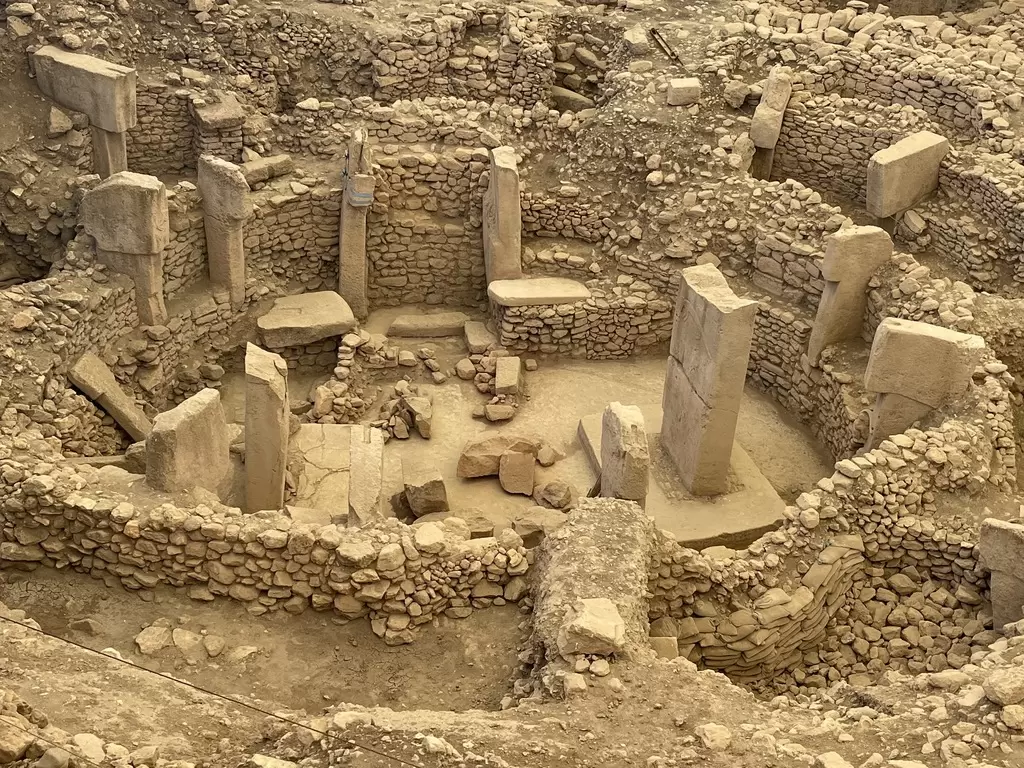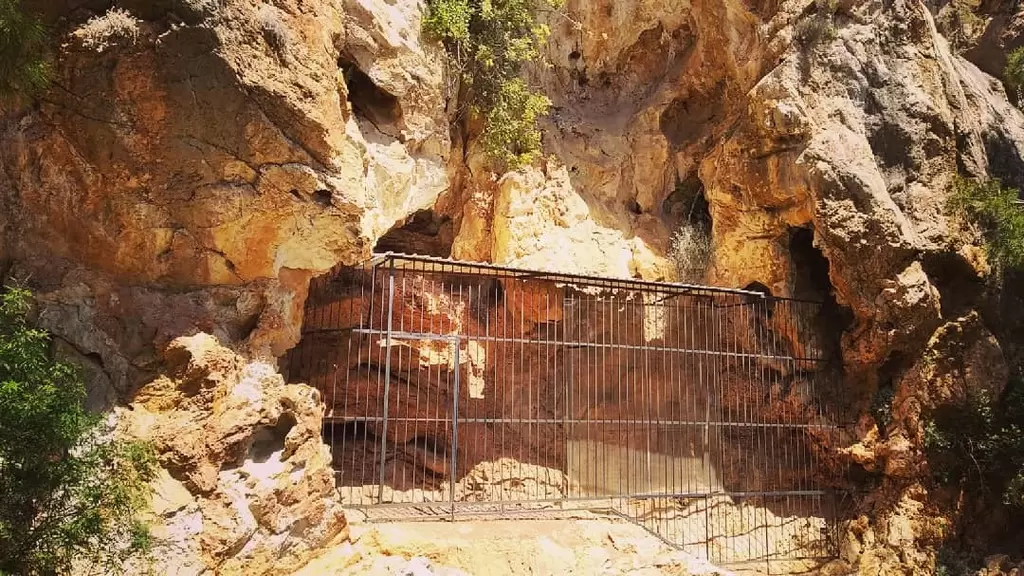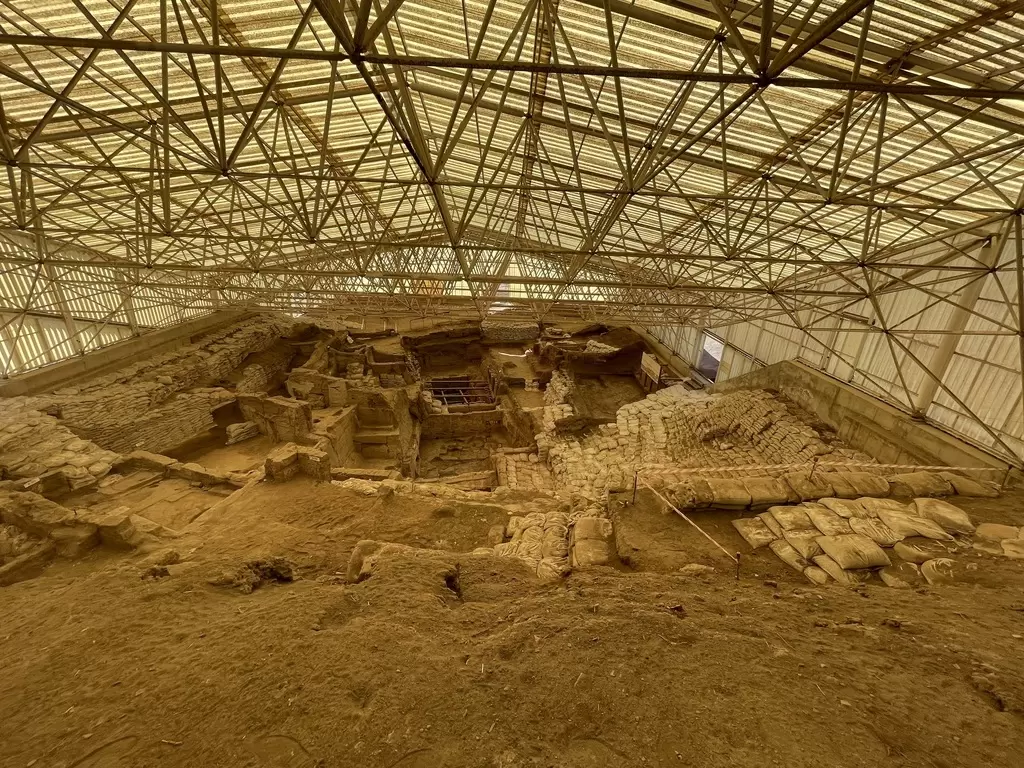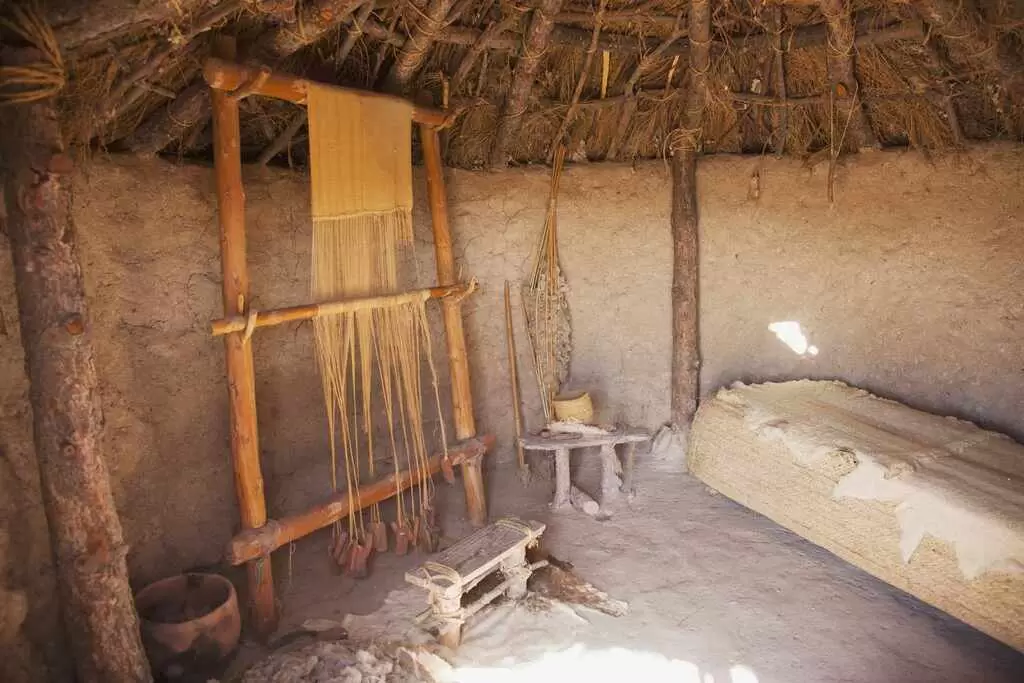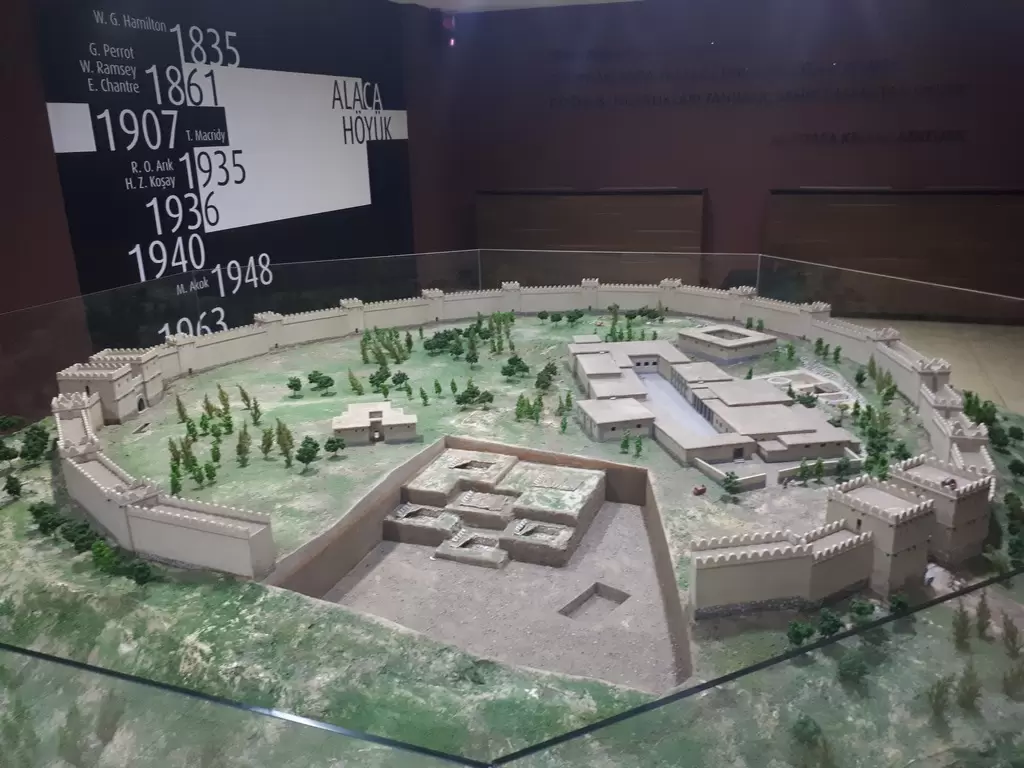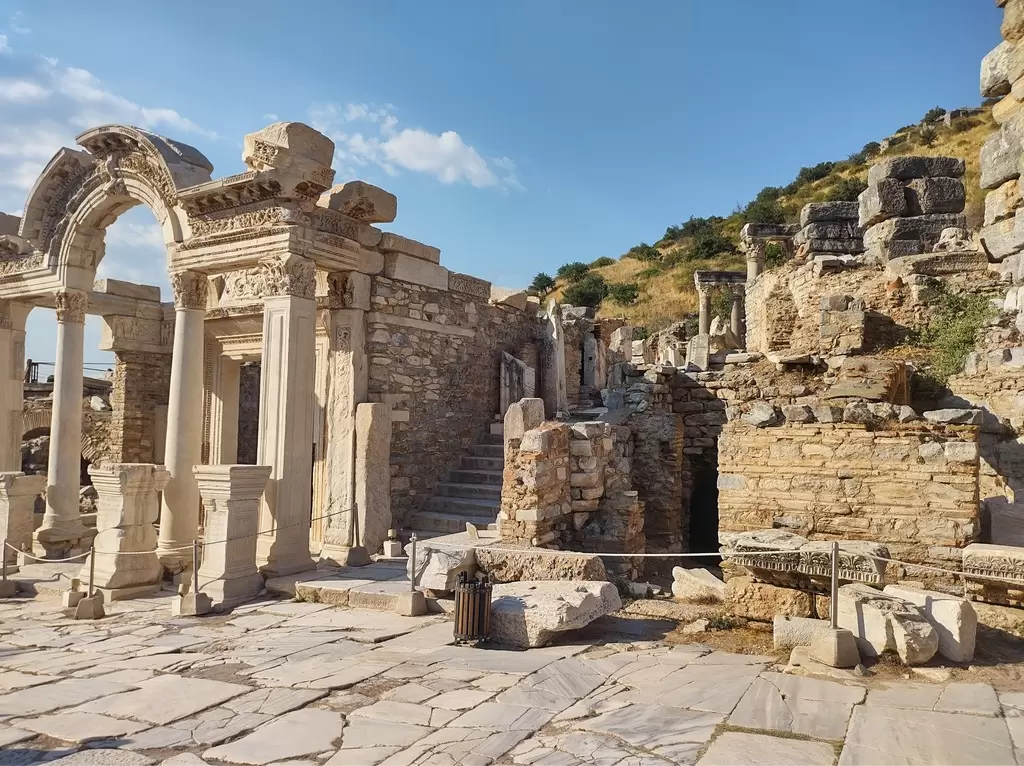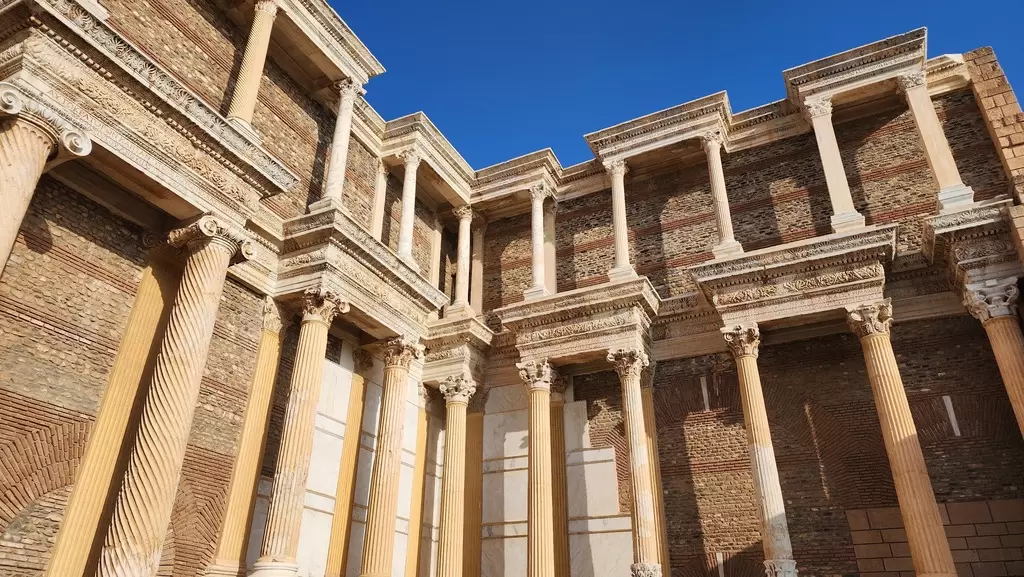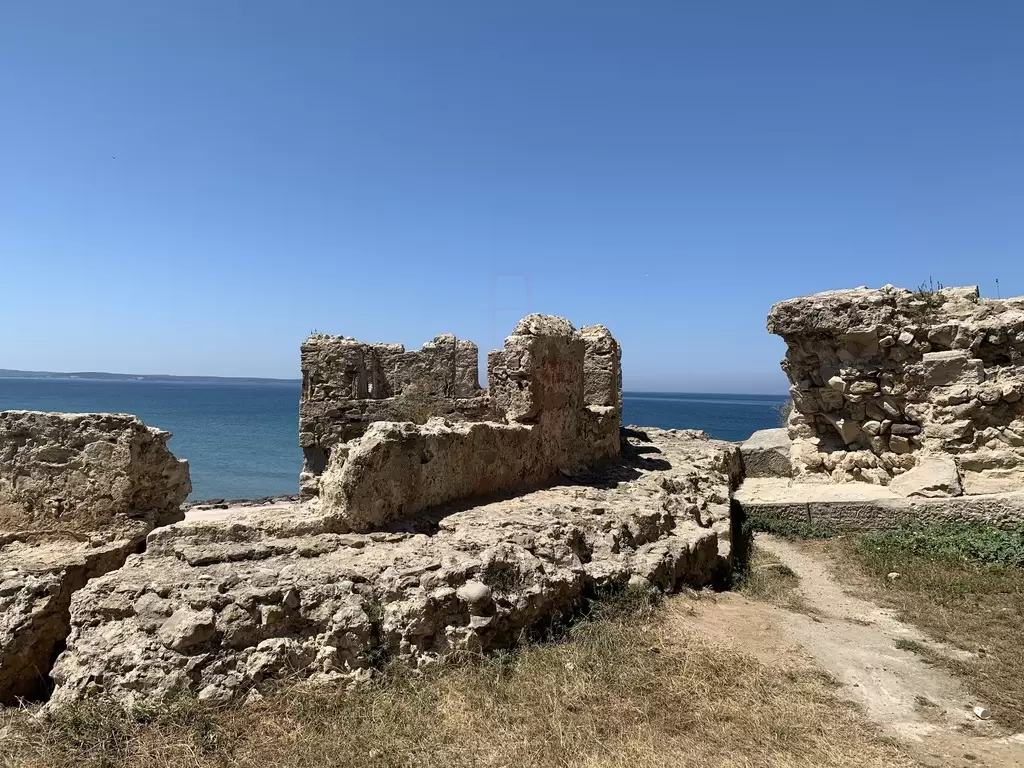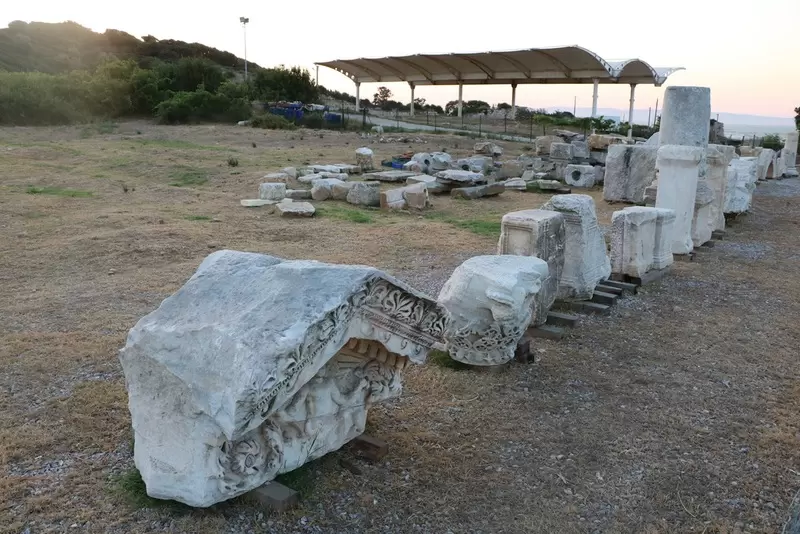
The Kingdom of Biga, situated in northwestern Anatolia, flourished from the 6th century BCE until its incorporation into larger empires in the classical period. This ancient kingdom was strategically located near the Aegean coast and along crucial trade routes, which facilitated significant cultural and economic exchanges with neighboring regions.
Biga's history is closely linked to the influence of various civilizations, including the Phrygians, Greeks, and Persians. As a result, the kingdom became a melting pot of cultures, contributing to its unique identity. Agriculture played a vital role in the economy, with fertile lands producing grains, olives, and other crops that supported both local consumption and trade.
Archaeological excavations in and around Biga have uncovered numerous remnants of its urban centers, including temples, fortifications, and residential areas. One notable site is the ancient city of Cyzicus, located near the modern town of Erdek. This city was a major center of trade and culture, showcasing impressive architecture and urban planning.
The Kingdom of Biga was known for its rich natural resources, including marble and metals, which were important for both construction and trade. The availability of these materials attracted artisans and craftsmen, further enhancing the kingdom's economic standing.
Biga's political structure was influenced by the surrounding cultures, and it likely operated as a confederation of smaller city-states. Each city maintained a degree of autonomy while contributing to the overall governance of the kingdom. This decentralized system allowed for local leaders to address specific regional needs, fostering a sense of community among the citizens.
As the Kingdom of Biga interacted with more powerful neighboring empires, it gradually fell under their influence. The Persians and later the Macedonians, following Alexander the Great's conquests, exerted control over the region. Despite this decline, the cultural and historical contributions of the Biga Kingdom continued to resonate throughout Anatolia.
Today, the archaeological sites associated with the Kingdom of Biga offer invaluable insights into the ancient way of life in this region. The remnants of its cities, temples, and agricultural practices reveal a complex society that thrived on trade, agriculture, and cultural exchange. The legacy of the Kingdom of Biga is a testament to the rich tapestry of history that characterizes southwestern Anatolia, making it a significant area for understanding the region's ancient civilizations.








